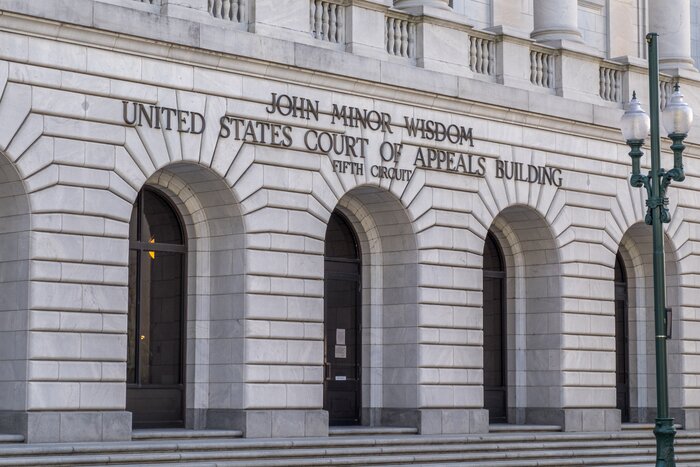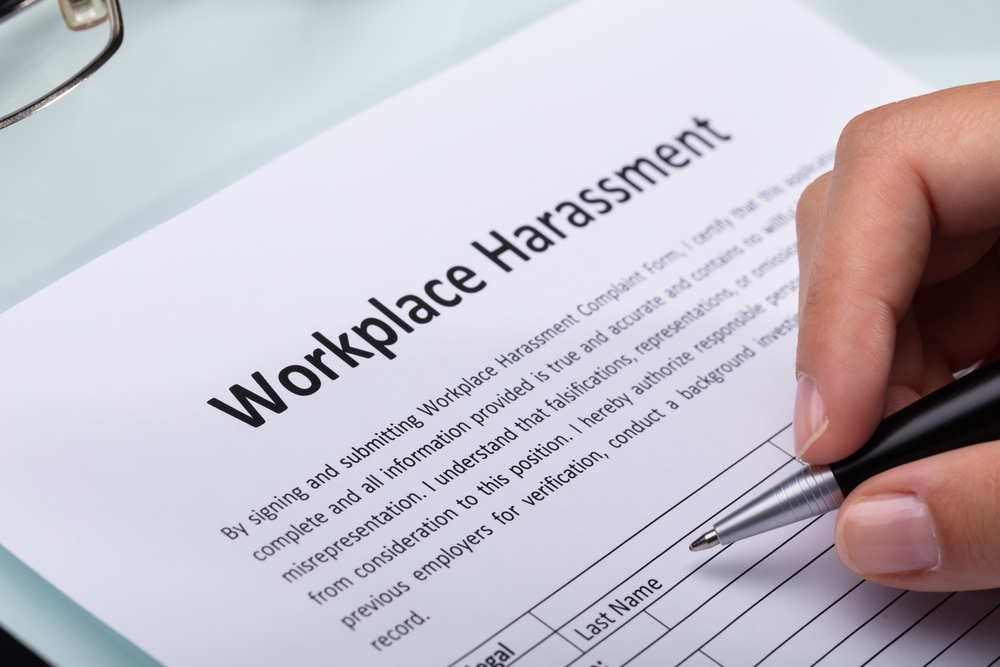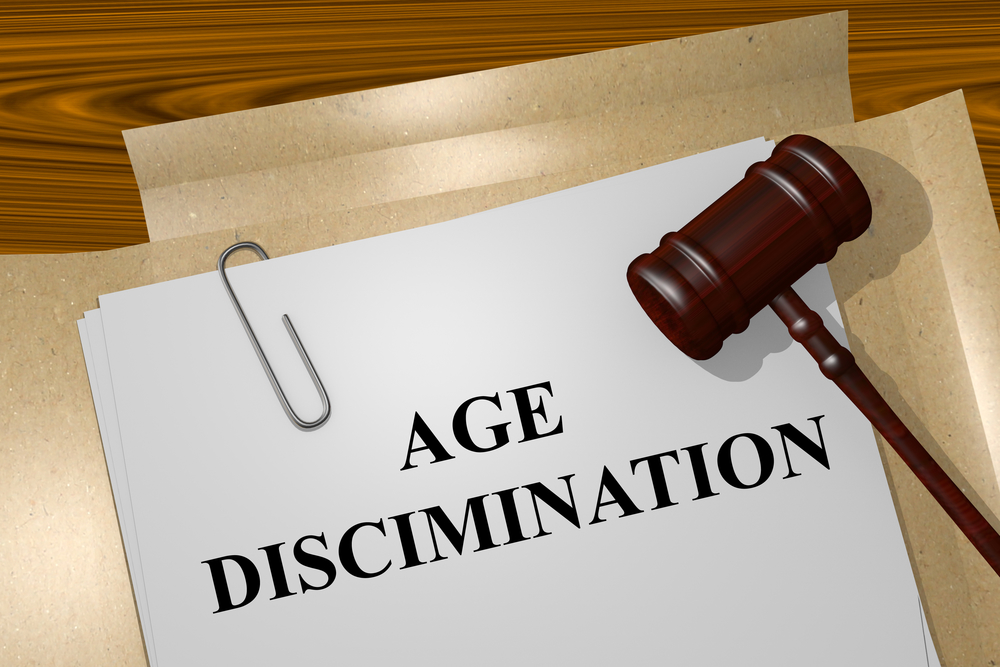By Brendan Klein
Employees with disabilities are protected under the federal Americans with Disabilities Act (“ADA”). Additionally in New York State, employees also have protections under the New York State Human Rights Law (“NYSHRL”) and New York City employers are duly responsible to abide by New York City Human Rights Law (“NYCHRL”). All three laws prohibit discrimination against employees with disabilities in the terms, as conditions, or privileges of their employment. However, the key question in many employment discrimination cases is what, exactly, fits within a legal definition of discrimination.
You may have heard the phrase “hostile work environment” used in connection with allegations of discrimination and harassment in employment. In Meritor v. Vinson (1986), the Supreme Court recognized that an employee could be harassed so severely or persistently on the basis of Title VII protected characteristic (race, color, religion, sex, national origin) that it would alter the terms, conditions, or privileges of her employment, creating the basis for a discrimination claim. Unfortunately, the Supreme Court has never recognized such a claim on the basis of disability under the ADA.
Fortunately, the Second Circuit Court of Appeals – which includes districts within New York, Connecticut and Vermont – did recognize such a claim for the first time in Fox v. Costco Wholesale (2019). The Court had previously assumed that such claims were valid, but in that case it joined the handful of other circuits which have explicitly held that hostile work environment claims can be brought under the ADA. Like the other Circuits, the Court acknowledged that Title VII and the ADA have substantial similarities in language and purpose, and so found that, like employees protected by Title VII, employees with disabilities should be able to assert hostile work environment claims under the ADA.
Small, sporadic incidents of harassment on the basis of disability do not establish a hostile work environment. As in Title VII cases, a plaintiff must demonstrate either that a single incident was extraordinarily severe, or that a series of incidents were sufficiently continuous and concerted to have altered the conditions of her working environment. In Fox, the Court took pains to note that “teasing in the workplace is not uncommon”, and is usually not actionable. Mimicking a stutter, calling overweight people names, or laughing about someone’s acne, baldness, or height may be cruel, but do not themselves create a hostile work environment. For example, in Hawkins-El v. New York City Transit Authority (2021), an employee with hearing loss brought a hostile work environment claim after his supervisor “yelled and cursed at him” about his hearing difficulties. The court found that this isolated incident was not severe enough to constitute a hostile work environment. In Murphy v. BeavEx, Inc. (2008), an employee with multiple sclerosis complained that his coworkers had created a hostile work environment by stealing his cane and drawing offensive cartoons of him, among other things. The court found that these incidents were insufficiently “severe and pervasive” to amount to a change in the terms and conditions of Murphy’s employment.
Unlike the ADA, the NYSHRL explicitly protects employees from harassment on the basis of disability when such harassment subjects an individual to inferior terms, conditions, or privileges of employment. However, the Second Circuit analyzes hostile work environment claims under state and federal law using identical standards, so it is not easier for a plaintiff to prevail on such a claim on the basis of disability under the NYSHRL than the ADA.
On the other hand, a hostile work environment claim under the NYCHRL is assessed separately and independently from claims under the ADA and NYSHRL. The Second Circuit construes such claims “broadly in favor of discrimination plaintiffs” and does not require that the alleged conduct be “severe or pervasive”. The plaintiff only needs to show that she was treated “less well” than others because of his or her disability. Thus, with a single set of facts, a plaintiff could lose a hostile work environment claim under the ADA or NYSHRL, but succeed under NYCHRL. For example, in Kugel v. Queens Nassau Nursing Home Inc. (2021) a plaintiff alleged that she had been subjected to a hostile work environment on the basis of her disability, because the defendants had been obstinate and insensitive to her repeated requests for accommodation. Her communications with the defendants were “sporadic” (not sufficiently pervasive), and her claim was dismissed under the NYSHRL. However, the defendant’s emails contained indifference and disdain for the plaintiff’s health concerns. The Court found that the plaintiff was indeed treated less well than other employees due to her disability, and so refused to dismiss her claim under the NYCHRL.
In conclusion, these broad protections against disability discrimination are firmly established under federal and New York state law. If you perceive differential treatment or suspect discrimination on the basis of your disability, it’s important to consult with a New York-registered employment law attorney.















